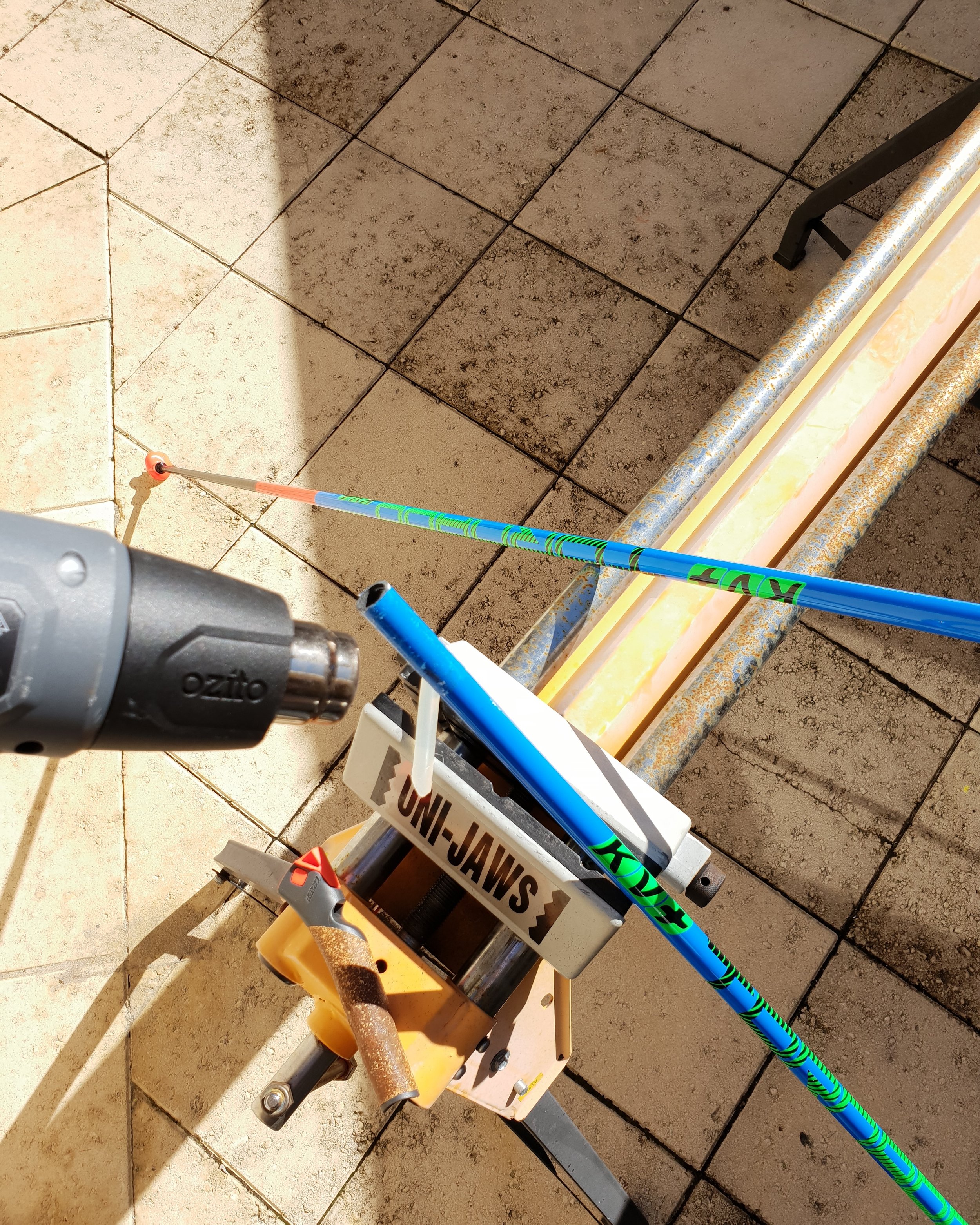Choosing Roller ski equipment can be a daunting experience. With so many manufactures and brands available nowadays it is confusing for even experienced skiers to choose the best suitable skis, poles and bindings.
This is a guide to narrow it down to a few types and brands so you get a better overview on what to look for in your first set of skis.
Most people with Cross country skiing experience know the difference between the two styles ( Classic vs Skating). In Perth however most people have never been on skis or have never even seen snow before so picking the best style and ski is even more confusing.
Let me quickly brake it down for you in simple terms. The original technique used by skiers on snow is classic, it is a quick way to get moving on snow and on wheels. Classic Roller skis have a longer frames and wider wheels than skate skis, making them a bit more stable for beginners. In our clinics we usually start on classic skis for that reason.
Skating on the other hand might be a bit more familiar to anyone growing up without snow as the technique is similar to inline skating, roller skating and skating on ice.
I highly recommend to take a introduction clinic and learn the basics of skiing as this will make your choice of skis a lot easier but let's talk equipment
(More info on our website)
Roller skis
For classic skis i recommend a ski with alloy frame, length of 70 cm or more and medium/standard speed wheels (75 x 44 mm/ most widely used wheel size). The choice between alloy vs composite/carbon is more about price not as such a " need to have" when getting started. I do however like composite frames as the the give a "softer" feel and less vibrations when skiing.Classic skis usually come with one reverse lock wheel mounted by manufacturer either back or forward on each ski. If not i would definitely ask to have them fitted.
My recommendation is the KV+ Launch classic, Bones Skimo or Elpex Wasa
For a Skate skis i would choose a ski with 100 x 24 mm medium/standard speed wheels, alloy frame and min. 58 cm frame for males and min. 53 cm frames for females and juniors. The same alloy vs composite/carbon applies for skate skis.
Good choices are the KV+ Launch 60cm / 53,5cm, Bones Snowflex or Swenor skate
Bindings
Once again no easy choice. The main question to answer is,do you go for a NNN or SNS system? It's a bit like Netflix vs Cable or VHS vs Beta system.
My personal choice is the NNN system ( Rottefella ),one of the main reasons being is that this system has the bigger choice of compatible boots but more to that later.
We use the Rottefella Xcelerator 2.0 Rollski & NIS plate
If you find a good deal with a SNS system ( Salomon, Atomic,..) than there is nothing wrong with choosing this system, just make sure you read the next chapter about boots.
Boots
Depending on your choice of bindings you now have to choose a fitting boot. All Cross country ski boots fit on roller ski bindings but i prefer Roller ski boots especially in the Australian climate.
If you chose NNN system than the main manufactures you can choose from are Alpina, Fischer and Rossignol. For SNS system Salomon, Atomic and Botas
The second decision is the type of Boot. Skate for skating ( stiffer cuff for more stability ) or classic ( more flex ).
We use Alpina ASK skate Roller ski boots and Fischer RC Combi Roller ski boots
Poles
The final important choice are the Poles. We use different length poles for skating and classic technique but there are adjustable poles available on the market.
I recommend a mid range pole like the KV+ Advance or Swix Ct3 as they are reasonable in pricing but give a great feel when skiing.
Use this basic guide for sizing.Classic poles measure your height/lenght to shoulders or just below and for skate to chin or mid lip. Roller ski poles come with special tips but all XC ski poles can be retro fitted with roller ski tips.
General Advice
Always wear a helmet when roller skiing. When skiing early in the morning or late afternoon i also recommend reflective clothing.
Choose trails with smooth surface and low in traffic. Especially when learning stay away from busy trails until you've mastered the basic skills.
Find a great selection of equipment at www.the-nordic-sports-store.myshopify.com or contact us if you have any more question.
Learn to ski with qualified instructors, join our clinics in Perth or get in touch and we can help you to find someone near you.
I know this is still a lot of information but i hope it made your choice a bit easier!
Most important is you get started with this great sport. Spend time outdoors and life live the NORDIC WAY
by
Cross Skating Australia/Roller ski Downunder


































